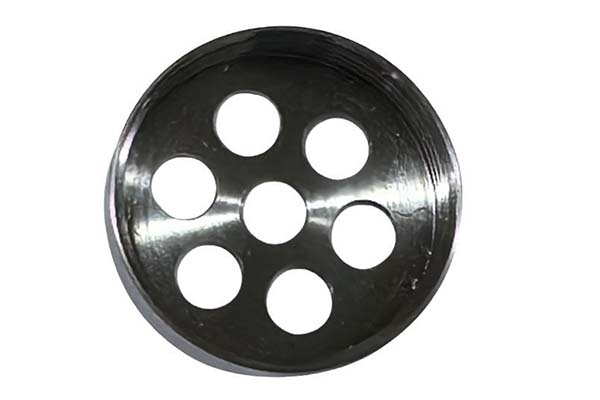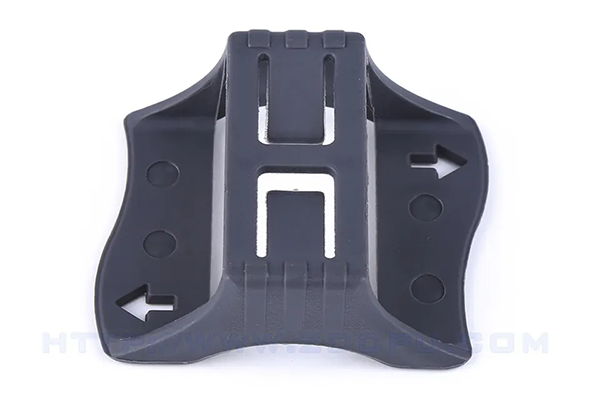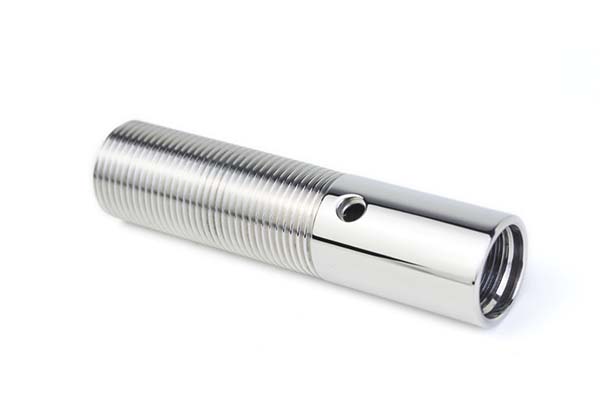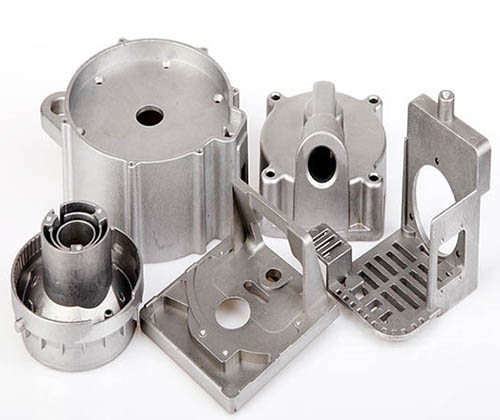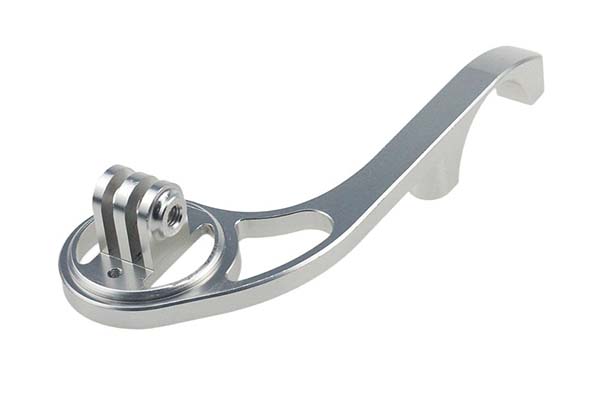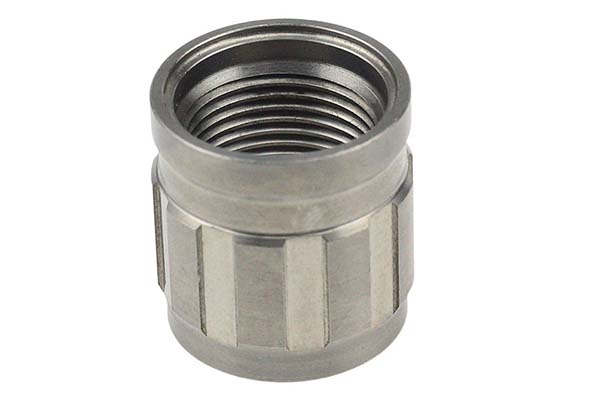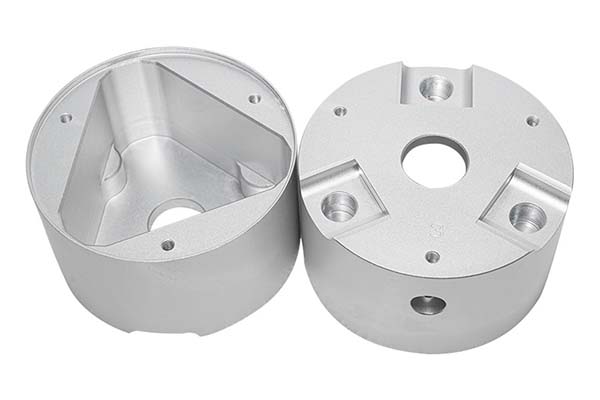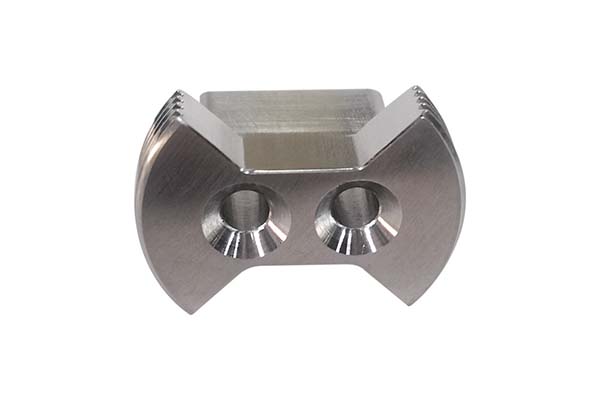Introduction
In the world of precision manufacturing, the demand for materials that can maintain their integrity and dimensions under varying conditions is ever - increasing. One such material that has gained significant attention is Invar, an exotic alloy with remarkable properties. However, machining Invar poses unique challenges that require a deep understanding of its material characteristics and the right CNC machining techniques. This article aims to guide you through these aspects and explore the diverse applications of Invar, helping you overcome the hurdles associated with its processing.
Material Characteristics of Invar
Exotic Alloy Composition
Invar is a nickel - steel alloy, typically with around 36% nickel content. This unique composition gives rise to its extraordinary properties. The presence of nickel in such a high proportion is crucial in determining its performance characteristics. For example, compared to regular steel alloys, the nickel - iron combination in Invar results in a material with vastly different thermal and mechanical behaviors.
Low Thermal Expansion and High Thermal Stability
One of the most defining features of Invar is its low thermal expansion property. The coefficient of thermal expansion (CTE) of Invar is extremely low, often in the range of 1.2 × 10⁻⁶ K⁻¹ (1.2 ppm/°C) between 20 and 100 °C for common grades. High - purity grades can achieve even lower values, like 0.62 – 0.65 ppm/°C. This means that Invar experiences minimal expansion or contraction with temperature changes. In contrast, carbon steel has a much higher CTE, approximately ten times that of Invar up to 400°F (204°C). This low CTE ensures high thermal stability, making Invar ideal for applications where dimensional stability is critical across a wide temperature range.
High Strength and Ductility
Despite its low CTE, Invar also exhibits high strength and high ductility. It has a tensile strength that allows it to withstand significant mechanical loads. At the same time, its ductility enables it to be formed and shaped through various manufacturing processes without cracking or breaking easily. For instance, it can be cold - worked and hot - worked, similar to many other metal alloys, but with the added advantage of maintaining its dimensional accuracy during these processes due to its low thermal expansion.
Magnetic and Other Properties
Invar has interesting magnetic properties. Below its Curie point, which is around 230°C, Invar is ferromagnetic. Above this temperature, it becomes non - magnetic, and its expansion coefficient increases. Invar also shows good corrosion resistance and chemical stability in many environments. Its thermal conductivity and electrical conductivity are also at levels that make it suitable for specific applications. For example, in some electrical applications, its electrical conductivity can be harnessed while taking advantage of its low thermal expansion to prevent dimensional changes that could affect electrical connections. The microstructure of Invar, with its face - centered cubic crystal structure, plays a role in determining these properties. Additionally, understanding the phase transformation behavior of Invar is crucial as it can impact the material's performance during heating and cooling cycles.
CNC Machining Techniques for Invar
Tool Selection
When it comes to CNC machining of Invar, tool selection is of utmost importance. Due to Invar's unique properties, standard cutting tools may not be sufficient. High - performance cutting tools, such as carbide - coated tools, are often preferred. Carbide tools can withstand the high cutting forces and temperatures generated during Invar machining better than traditional high - speed steel tools. For example, in turning operations, carbide inserts with specific geometries designed for low - thermal - expansion materials can improve the cutting performance and reduce tool wear.
Machining Parameters
Cutting speed, feed rate, and depth of cut are critical parameters in Invar machining. High - speed machining may not always be the best approach for Invar. Since Invar has a tendency to work - harden during machining, a lower cutting speed, typically in the range of 50 - 100 m/min for turning operations, can help reduce the heat generated and prevent excessive work - hardening. The feed rate should also be carefully adjusted. A moderate feed rate, say 0.1 - 0.3 mm/rev, can ensure a good surface finish while minimizing tool wear. The depth of cut should be kept relatively small, around 0.5 - 1.5 mm, to avoid overloading the tool and causing chatter.
Coolant and Lubrication
Coolant and lubrication play a vital role in Invar machining. The use of a proper coolant helps dissipate the heat generated during machining. Water - based coolants with specific additives can be effective in reducing the temperature at the cutting zone. Lubrication, on the other hand, reduces friction between the tool and the workpiece. Special lubricants designed for difficult - to - machine materials can improve the chip flow and prevent built - up edge formation, which is common when machining Invar.
Tool Path and Machining Strategy
The tool path and overall machining strategy need to be optimized for Invar. A well - planned tool path can minimize the cutting forces and ensure uniform material removal. For complex parts, multi - axis machining may be required to achieve the desired shape and accuracy. In some cases, a roughing pass followed by a finishing pass with different tool paths can be used. The roughing pass can remove most of the material quickly, while the finishing pass can be used to achieve the required surface finish and dimensional accuracy.
Surface Finish, Dimensional Accuracy, and Tolerance
Invar machining aims to achieve high surface finish and tight tolerances. The surface finish of Invar parts can be improved through proper machining parameters and post - machining processes such as polishing. Dimensional accuracy is crucial, especially considering Invar's use in precision applications. Tolerances as tight as ±0.005 mm can be achieved with careful machining and quality control. However, factors like tool wear, heat generation, and machine vibration can affect the dimensional accuracy. Monitoring and compensating for these factors are essential to meet the required tolerances.
Tool Wear, Chatter, and Heat Management
Tool wear is a common issue in Invar machining due to its hardening tendency and the forces involved. Regular monitoring of tool wear and timely tool replacement are necessary. Chatter, which can cause surface roughness and dimensional inaccuracies, can be minimized by adjusting the machining parameters, using damping devices, or optimizing the tool - holder system. Effective heat management is also crucial. As mentioned, coolant and proper machining speeds help control heat generation. Additionally, ensuring good heat dissipation from the workpiece and the cutting area is important to prevent thermal distortion and maintain the integrity of the machined part.
Applications of Invar
Aerospace Industry
In the aerospace industry, Invar finds numerous applications. In satellite components and aircraft components, the need for materials that can maintain their dimensions under extreme temperature variations is crucial. For example, satellite structures and optical instruments on satellites are often made of Invar. The low thermal expansion of Invar ensures that these components do not deform as the satellite orbits the Earth, experiencing large temperature swings. In aircraft, Invar can be used in components like fuel tanks, where dimensional stability is essential to ensure proper fuel storage and transfer.
Electronics Industry
In the electronics industry, Invar is used in precision instruments, microwave devices, and laser components. In precision instruments such as high - accuracy measuring devices, Invar's low CTE helps maintain the accuracy of the instrument over a wide range of temperatures. In microwave devices, Invar can be used in the construction of resonant cavities. Its dimensional stability ensures that the resonant frequency of the cavity remains constant, even as the device heats up during operation. Similarly, in laser components, Invar can be used to mount optical elements, ensuring that the alignment of these elements remains stable under different thermal conditions.
Medical and Other Precision Engineering Fields
In the medical devices field, Invar can be used in the manufacturing of components for devices that require high precision and dimensional stability. For example, in some surgical instruments, Invar can be used to ensure that the instrument's dimensions remain constant, providing reliable performance during procedures. In clocks and watches, especially high - end and precision timepieces, Invar is used in the balance wheels. The low thermal expansion of Invar helps keep the timekeeping accurate, as temperature changes can affect the performance of the balance wheel in traditional materials. In optical components such as mirrors and lenses used in telescopes and other optical systems, Invar can be used to mount and support these components, ensuring that the optical alignment is maintained under different environmental conditions.
Yigu Technology's Perspective
As a parts custom manufacturing supplier, Yigu Technology understands the importance of mastering Invar machining. Our experience has shown that a combination of advanced equipment and in - depth knowledge of Invar's material behavior is essential. We focus on optimizing tool paths and machining parameters to achieve the tightest tolerances. By using high - quality cutting tools and proper coolant systems, we can effectively manage heat and tool wear. Our team is dedicated to providing customized solutions for Invar - based projects, ensuring that our clients receive parts with the highest dimensional accuracy and surface finish, meeting the strict demands of industries such as aerospace, electronics, and medical.
FAQ
- What is the best way to prevent tool wear when machining Invar?
- Using high - quality carbide - coated cutting tools, optimizing machining parameters such as reducing cutting speed, and ensuring proper coolant and lubrication can help prevent tool wear. Regular monitoring of tool condition and timely replacement are also crucial.
- Can Invar be welded easily?
- Invar can be welded, but it requires special techniques. Welding processes like TIG (Tungsten Inert Gas) welding are often preferred. Care must be taken to control heat input to avoid affecting the alloy's properties, and the use of appropriate filler materials is important.
- How does the cost of Invar compare to other alloys?
- Invar is generally more expensive than common alloys due to its unique composition and the challenges in its production. However, its superior properties make it cost - effective for applications where high precision and dimensional stability are critical, such as in aerospace and high - end electronics.
